A Teenager’s Nutritional Needs
 If you’re worried about your teen getting all the nutrients they need, just provide the same type of diet as you would eat for good nutrition. Notice I didn’t stop at the words you would eat. That’s because many adults don’t have the nutrient dense diet they should have. A teenager’s nutritional needs differ slightly, but one thing that’s different is the amount of calories they require. Boys need approximately 2800 calories each day, which shoots as high as 4,000 if they participate in sports. Girls need approximately 2,200 calories a day that increases up to 3,000 when they’re in sports. Adult women only require about 2,000 calories with adult men requiring 2,500.
If you’re worried about your teen getting all the nutrients they need, just provide the same type of diet as you would eat for good nutrition. Notice I didn’t stop at the words you would eat. That’s because many adults don’t have the nutrient dense diet they should have. A teenager’s nutritional needs differ slightly, but one thing that’s different is the amount of calories they require. Boys need approximately 2800 calories each day, which shoots as high as 4,000 if they participate in sports. Girls need approximately 2,200 calories a day that increases up to 3,000 when they’re in sports. Adult women only require about 2,000 calories with adult men requiring 2,500.
Make sure they get plenty of calcium, but it doesn’t have to come from milk.
I won’t get into all the studies that are controversial, debating whether drinking milk is good for you or not. Some say it increases the potential for early mortality if more than a glass a day is consumed. Others say it’s quite healthy. One thing is certain, after a child is weaned, the potential for lactose intolerance increases and affects a large portion of the US. There are other ways to get your calcium and ensure your teen gets it. Almonds, beans and lentils, broccoli and dark leafy greens contain it, too.
Protein is extremely important.
Just like adults, teens need protein. Male teens and teens in athletics need more protein per pound of body weight than adults because they’re growing and developing muscle tissue, while adults are simply maintaining muscle tissue. Just like adults, teen diets should contain approximately 10 to 30 percent of the calories from protein. Since the caloric intake is higher for teens, more protein is required. The protein can come from fish, dairy, eggs, poultry, meat or vegetarian options like, lentils, chickpeas, most types of beans and Tofu.
Don’t forget plenty of servings of fresh fruit and vegetables.
You can cook those veggies or serve them raw, however, make sure you provide a colorful plate with many different colors of veggies to ensure your teen gets all the nutrients necessary for a healthy life. The recommended amount is five servings of different types of fruit and vegetables. Another way of saying it is Don’t forget healthy fat. The brain needs fat to operate at its peak, so does the rest of the body. It’s filling, so your teens won’t overeat or reach for snack foods.
- Teach your teen to make smarter choices when it comes to food, such as whole grain bread or choosing brown or wild rice instead of white rice for more nutrients and lower calories.
- If choosing yogurt for a teen’s diet, choose the regular yogurt over the low fat yogurt. It helps boost the feeling of fullness and was found to help people lose weight.
- Avoid serving foods high in sugar and fried foods. Nobody needs extra sugar in their diet and nobody needs deep fried Twinkies, pickles or fries.

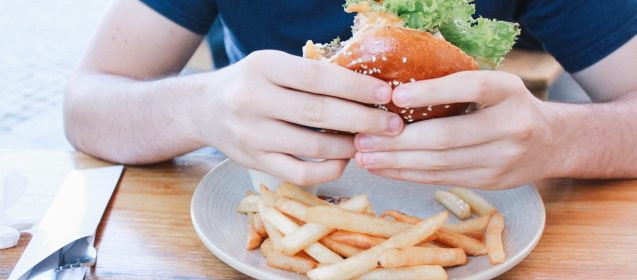
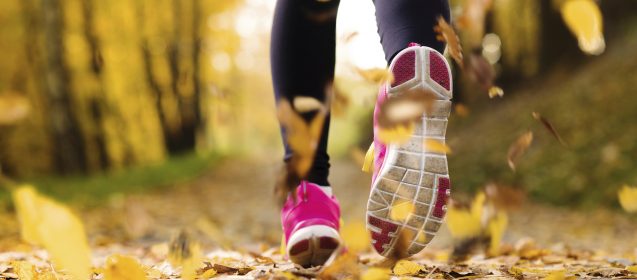

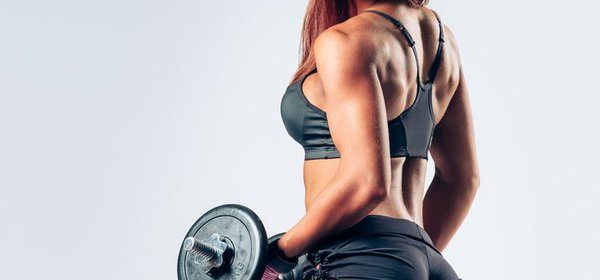
 You’ll get more from your exercise time when you include lifting weights. It not only helps promote bone density, builds muscle tissue, burns fat tissue and makes you less prone to injury, studies show it can improve your memory. It’s not only muscle and bone tissue that strength training boosts. It helps boost the development of new neurons in the brain, which can improve mental functioning and memory. Chances are, you’re among this majority. The good news is that your brain is a dynamic organ, constantly adapting and changing, for better or for worse.
You’ll get more from your exercise time when you include lifting weights. It not only helps promote bone density, builds muscle tissue, burns fat tissue and makes you less prone to injury, studies show it can improve your memory. It’s not only muscle and bone tissue that strength training boosts. It helps boost the development of new neurons in the brain, which can improve mental functioning and memory. Chances are, you’re among this majority. The good news is that your brain is a dynamic organ, constantly adapting and changing, for better or for worse.
 Anxiety, fear and worry are part of living, but there’s a point where those feelings cross the line and begin to control your entire life. It can make experiences that should be fun into ones that you dread and turn those dreaded experiences into nightmares. While it’s not a substitute for professional help for severe cases of anxiety, exercise and relaxation can help reduce anxiety. If you’re suffering from normal anxiety and stress, it may be the perfect solution to get you back on course. If you’re suffering from an anxiety disorder, it can be a help when combined with traditional treatment.
Anxiety, fear and worry are part of living, but there’s a point where those feelings cross the line and begin to control your entire life. It can make experiences that should be fun into ones that you dread and turn those dreaded experiences into nightmares. While it’s not a substitute for professional help for severe cases of anxiety, exercise and relaxation can help reduce anxiety. If you’re suffering from normal anxiety and stress, it may be the perfect solution to get you back on course. If you’re suffering from an anxiety disorder, it can be a help when combined with traditional treatment.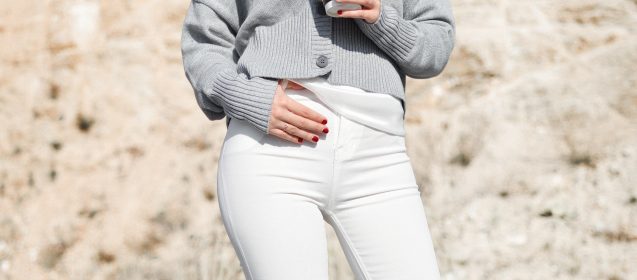
 It may not be the topic of conversation over the dinner table, but the discussion of gut bacteria and how it can help your overall health can be quite enlightening. It’s amazing how these tiny microbes either work together or against one another to create a healthy digestive tract or if out of balance, affect your overall health. Various research studies show that there’s a difference in the gut bacteria of healthy people and the gut bacteria of those who are sick. Those that are sick have an imbalance of bacteria or lack the variety of bacteria healthy people have. Exercise can change that.
It may not be the topic of conversation over the dinner table, but the discussion of gut bacteria and how it can help your overall health can be quite enlightening. It’s amazing how these tiny microbes either work together or against one another to create a healthy digestive tract or if out of balance, affect your overall health. Various research studies show that there’s a difference in the gut bacteria of healthy people and the gut bacteria of those who are sick. Those that are sick have an imbalance of bacteria or lack the variety of bacteria healthy people have. Exercise can change that.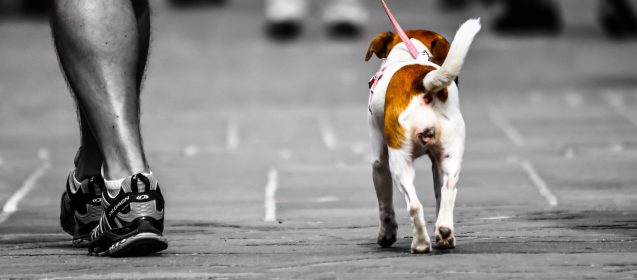
 If you’re like many people that I meet, you may workout three times a week, but circle the parking lot multiple times to find that perfect parking place that’s closest to the doors of your destination. While working out is extremely important, adding other types of exercise to your daily routine is too. You can even walk your way to a longer life. Consider grocery shopping. Do you grab a cart even though you only have a few items? A basket would do just as well and you’d get more weight lifting exercise in for the day. Everything you do throughout the day can make you healthier or unhealthier. Start focusing on the simple things, too.
If you’re like many people that I meet, you may workout three times a week, but circle the parking lot multiple times to find that perfect parking place that’s closest to the doors of your destination. While working out is extremely important, adding other types of exercise to your daily routine is too. You can even walk your way to a longer life. Consider grocery shopping. Do you grab a cart even though you only have a few items? A basket would do just as well and you’d get more weight lifting exercise in for the day. Everything you do throughout the day can make you healthier or unhealthier. Start focusing on the simple things, too.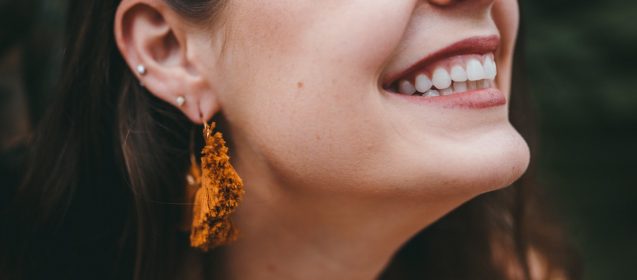
 No matter what your age, having strong bones and a good teeth is important. You can achieve those two easier by adopting healthy habits. Exercise and diet create stronger bones and teeth for a start. There are many other factors that impact both teeth and bones, but these two factors also affect your overall health, making them a great place to start. It’s long been known that exercise and eating healthy reduce the risk for many serious conditions, so you’ll get double the benefit starting with these. Many of the same nutrients necessary for building bones are also necessary for remineralization of tooth enamel. Again, you get more benefit from eating healthy than just stronger bones and teeth.
No matter what your age, having strong bones and a good teeth is important. You can achieve those two easier by adopting healthy habits. Exercise and diet create stronger bones and teeth for a start. There are many other factors that impact both teeth and bones, but these two factors also affect your overall health, making them a great place to start. It’s long been known that exercise and eating healthy reduce the risk for many serious conditions, so you’ll get double the benefit starting with these. Many of the same nutrients necessary for building bones are also necessary for remineralization of tooth enamel. Again, you get more benefit from eating healthy than just stronger bones and teeth.
 With an epidemic rise in suicide and depression, people are looking for answers and chasing away depression. Unfortunately, there are so many reasons it occurs that finding the one cure will probably never happen. Even medications for depression work differently in each person, causing even worse depression in some. One of the is to use strength building exercises. You’ll not only get help lifting your spirits, you’ll get stronger in the process.
With an epidemic rise in suicide and depression, people are looking for answers and chasing away depression. Unfortunately, there are so many reasons it occurs that finding the one cure will probably never happen. Even medications for depression work differently in each person, causing even worse depression in some. One of the is to use strength building exercises. You’ll not only get help lifting your spirits, you’ll get stronger in the process.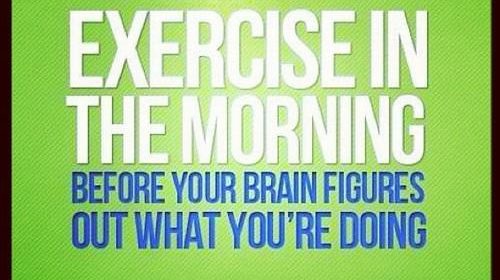
 There’s an ongoing debate surrounding the question of the best time to exercise. Well, I know that the best time to exercise is anytime. Of course, I am joking. There’s a lot of science backing early morning exercise, but there’s also other studies that say no matter what time of day you do it, if you’re consistent, your body become more efficient and perform better at that time. There are a few misconceptions about the best time to work out and some definite facts that will make your workout better.
There’s an ongoing debate surrounding the question of the best time to exercise. Well, I know that the best time to exercise is anytime. Of course, I am joking. There’s a lot of science backing early morning exercise, but there’s also other studies that say no matter what time of day you do it, if you’re consistent, your body become more efficient and perform better at that time. There are a few misconceptions about the best time to work out and some definite facts that will make your workout better.
 I had a client come to my McKinney TX facility that say he’s finally ready to start his exercise program. He look relatively fit, but he told me how just walking a few blocks the year previous made him so winded that he had to sit down. When I acted surprised, he told me how he worked his way slowly from couch potato to healthier and was ready for the ultimate workout by making minor changes in his life until they became a habit. You can make small changes that will keep you fitter and get you going in the right direction.
I had a client come to my McKinney TX facility that say he’s finally ready to start his exercise program. He look relatively fit, but he told me how just walking a few blocks the year previous made him so winded that he had to sit down. When I acted surprised, he told me how he worked his way slowly from couch potato to healthier and was ready for the ultimate workout by making minor changes in his life until they became a habit. You can make small changes that will keep you fitter and get you going in the right direction.